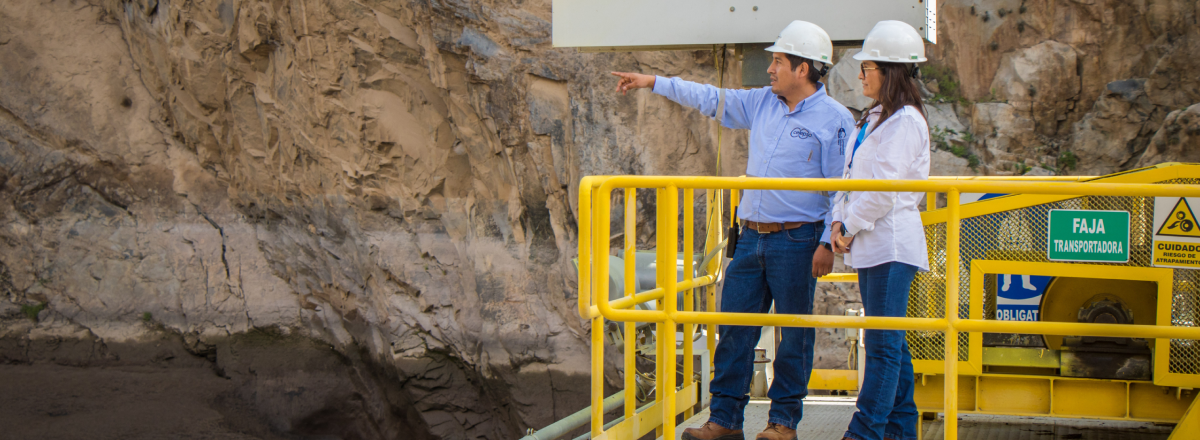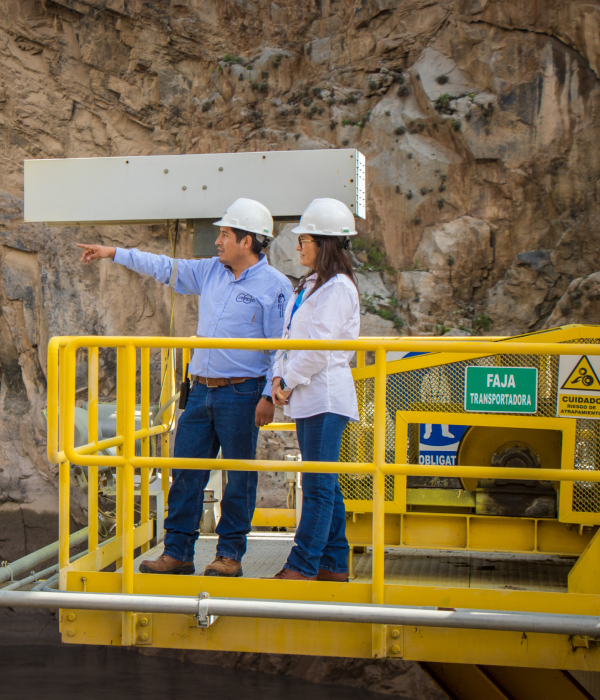News
24 Apr 2023
Occupational Safety and Health Day: Learn about the main causes of accidents in the workplace.


Lima, April 24, 2023.- Despite the fact that Peru has Law No. 29783 on Occupational Safety and Health - enacted by the Congress of the Republic in 2011 - as a measure to prevent occupational risks, there is still a large number of registered accidents. According to the Ministry of Labor, in its 2021 report, there were 25,000 non-fatal accidents, 214 fatal occupational accidents and 7 cases of occupational disease; really worrying figures.
In this sense, every April 28, the World Day for Safety and Health at Work is commemorated, with the purpose of continuing to raise awareness among companies about occupational health care and protection of the lives of their workers; therefore, Katia Arista, head of safety, health and physical safety of Celepsa, a company of the Unacem Group, shares the main causes of accidents, with the aim of preventing them:
Lack of education and training: it is important that the company, as part of its obligations, identifies the competencies required by its personnel and takes the necessary actions to ensure that they are covered. It is the right of all workers to know the hazards to which they are exposed and it is the duty of all companies to inform them and provide the necessary knowledge and tools to control them.
Tools and/or equipment in poor condition: Excessive wear and tear, the absence of a maintenance program, unauthorized modifications or outdated equipment are some of the factors that can cause equipment to malfunction or fail unexpectedly. It is therefore very important that every employer has clear policies for the use, care, inspection and maintenance of all tools and/or equipment.
Missing or incorrect personal protective equipment (PPE): Lack of PPE or improper use of PPE can increase the risk of injury or unfortunate accidents. Therefore, it is vital that the employer provides this equipment according to the identified risk and needs of the collaborator, in addition to giving them a clear induction of its benefits and considerations for adequate protection.
Lack of order and cleanliness: Overcrowded or disorganized work spaces are work spaces prone to generate risk situations and consequently accidents. In line with the duty of prevention of every employer, it is necessary to maintain and promote tidy, unobstructed and clean workspaces that allow workers to perform their activities efficiently and safely.
Ergonomic conditions: conditions present in the work space and the way in which the task is configured can generate in the worker the adoption of incorrect postures, physical overexertion, repetitive movements, among others, and trigger musculoskeletal disorders. Therefore, it is necessary to adapt the environment to the collaborator, through mechanical aids, tools or others, and implement controls that are not only limited to the physical space, but that incorporate an analysis of the tasks that generate improvements in the work process.
However, there is still a great challenge for companies, especially in the presence of labor informality. It is then the duty, also, of the worker to demand compliance with this labor law being their inalienable right to enjoy decent, safe and healthy working conditions.
"From Celepsa, as part of the UNACEM group, we have been working on the implementation of a unique safety culture "Life First" with the objective of prioritizing the lives of all people (own and third parties) above any activity, with high standards that are sustainable and driven with key objectives and results that allow aligning the efforts of the business units to those of the group. Thanks to corporate programs such as this one, by 2022 we will reach more than 1 million man-hours without lost-time accidents in all our operations," said Celepsa's head of safety, health and physical safety.
